The Austin Pedal Car Story, The Fascinating History of Austin’s J40 and Pathfinder from 1946 to Present Day
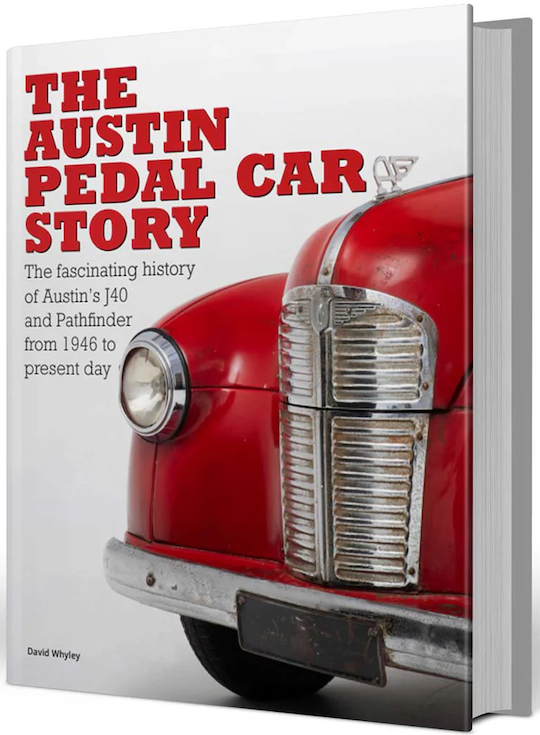 by David Whyley
by David Whyley
“The Austin brand was perfectly placed to educate future generations about the importance of automotive history, whilst giving them their first taste of car ownership . . . The J40 [has] huge history behind it, the social-history side as well as the manufacturing.”
The gentleman who provided the Foreword came of age, as it were, working for Austin. Thus his words carry extra weight when he (Michael Sheehan by name) concludes “It’s a good and worthwhile read” even as his memories will be more fully shared on the upcoming pages of which there are 488 illustrated by in excess of 1,000 images showing and telling “the definitive story of Austin’s diminutive Pathfinder and J40.”
Austins of any year or era were never large cars, especially as compared to Yank tanks. But the ones this book tells of were even more diminutive. Yet in many ways they figured larger in company and its country of origin’s histories than their larger brethren.
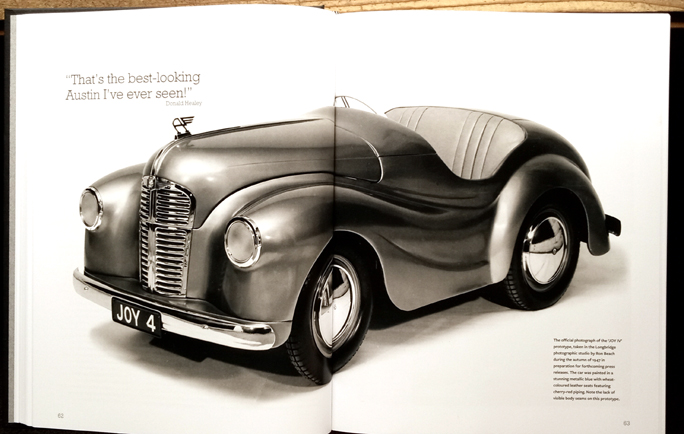
Photo dates to summer 1947. This is Joy 4, the prototype for production J40s.
Post WWII the UK had several pressing priorities including paying back $586 million wartime loans while coping with shortage of steel and other manufacturing basics. Such realities “would be a central factor in the Austin Pedal Car Project” when the UK’s “Minister of Supply set a . . . factory export target of 75 per cent of output before any steel supply would be guaranteed.” And this most excellent book tells that story in all of its facets: the human, the nuts ‘n bolts, and—best yet because it continues to today—the joy of kids and their “grown-up” folks’ enjoyment of these pedal cars created, built, and supported by Austin.
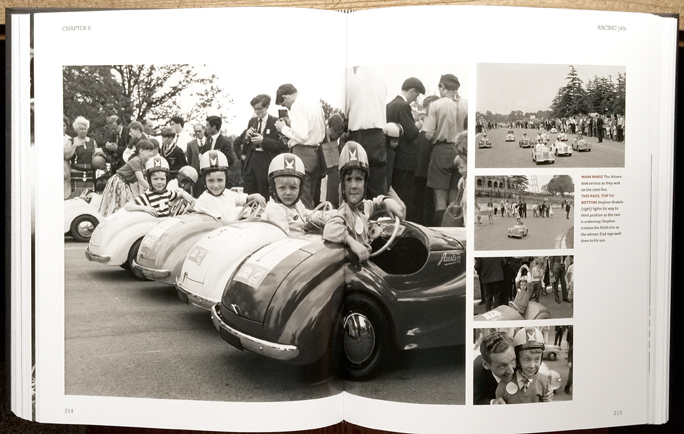
Photos above were taken of Junior Grand Prix pedal car races held at places such as Crystal Palace during the 1950s. Fast forward to Goodwood Revivals photo (below). The Goodwood Revival is today’s premiere event celebrating the culture, clothing, furniture, and sporting activities 1948 to 1966, the timeframe the Goodwood Circuit originally hosted racing. In 2012 the organizers tentatively held the first re-creation of pedal car races. But not just any pedal car—they had to be Austins, either J40s or Pathfinders. It quickly became the most popular event of the Revival weekend.
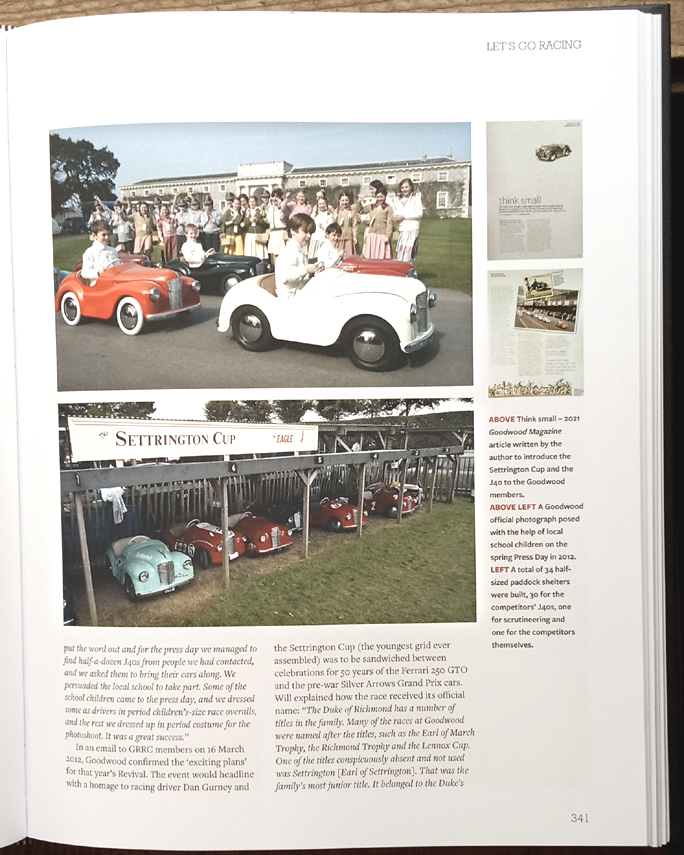
When Austin pedal cars went on sale they were officially named the J40 and Pathfinder Special but “forever known as ‘The Joy Car’, thereby continuing the legacy of Leonard Lord’s original name for the pedal car.” As conceived by Leonard Lord, Chairman of Austin following “Lord Austin’s untimely death,” everything about these pedal cars was exemplary. They were made in a specially built facility located in a coal mining area of Britain specifically so Welsh miners who were no longer able to work in the mines due to diseased lungs from inhaling coal dust could be employed. As designed the pedal cars required only two of its panels to be made from raw materials as everything else including lamps, horn, tires, and steel bodies were made out of real Austin materials.
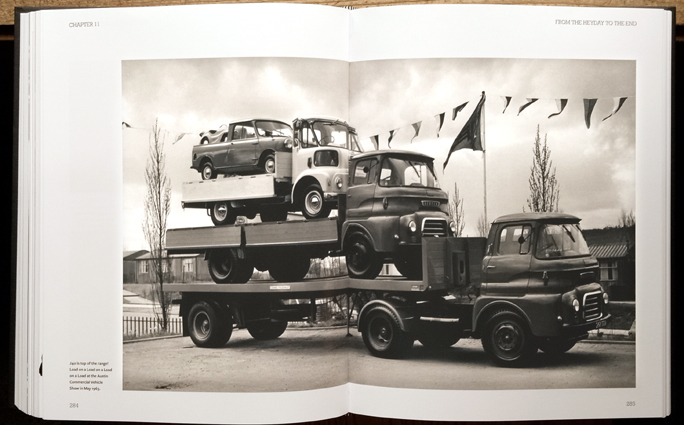
This tableau called “Load on a Load on a Load” was constructed for an Austin display in 1963. That’s its largest commercial truck serving as the foundation. The J40 is in the bed of a Mini pick-up of which by that year Austin had built an “astonishing 236,713” of them since it was first introduced in 1959.
So well did the miners take to production work that by early in 1951 they were also making components for full-size Austin cars manufactured at its main plant in Longbridge. “The components introduced were engine time-chain covers, valve-rocker covers (complete with oil-filler neck), plus number plate plinth and fan blades . . . Trim–section work was expended [sic] with the introduction of lorry-cab seat production for the Longbridge commercial-vehicle production line.”
No company, no factory, no family in the throes of day-to-day life and living thinks in terms of what the future will want to know about activities or what should be preserved and recorded. One of the J40 plant workers, David Hook who was the “longest serving employee,” observed that after the pedal car production was terminated in 1971 by then-owner British Leyland, it had mandated the tooling be “disposed of . . . by going out to separate tender with the local scrapyard in Cardiff . . . We still did have a few spares . . . and did supply . . . for customers . . . People would also phone up with enquiries – ‘I’ve bought a car . . . What is its history . . . when was it built and who [originally] ordered it?”
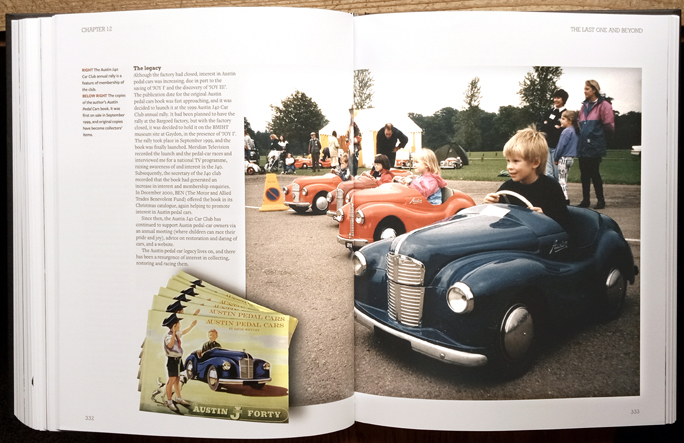
The Austin J40 Car Club began in 1983 as two independent organizations unbeknownst to one another. In 1988 they amalgamated. This image was shot at a 1999 club rally. What appear to be brochures in lower left are copies of this book’s author’s first-written and -published book, a slim volume especially as compared to this “definitive history.”
Austin pedal cars increasingly became part of the social fabric of not only their country of production but around the North American continent too—for 60% of the total production of 32,000 cars had been exported—is told of in chapters with titles such as “Road Safety,” “Fun, Fame and Film,” “Let’s Go Racing Again” (as part of Goodwood Revival), and “Treasured Possessions” with the latter also telling of the new businesses set up to make again the bits and pieces needed to restore these still-beloved pedal cars. Then, with his concluding chapter, David Whyley not only tells his own story of his ever-increasing involvement with documenting and telling the Austin pedal car story but of the new company formed and about to produce J40s again, albeit with re-engineered, contemporary mechanical components.
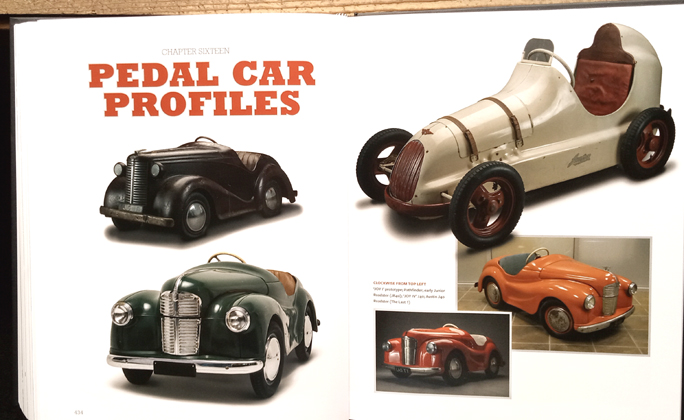
Clockwise from top left is the first prototype, Joy I (extant). Next is Pathfinder (also extant). Beneath it is an early Junior Roadster (JR40). The deep red is Joy IV, and beneath Joy I is the last J40 produced and preserved.
Thus the Austin pedal car story is far from over with the current activities becoming early chapters of the sequel book. If you’re interested in seeing and perhaps acquiring a millennium-produced J40 that outwardly will be difficult to discern from one made a century earlier, here’s where you can learn more: https://www.austinpedalcars.com
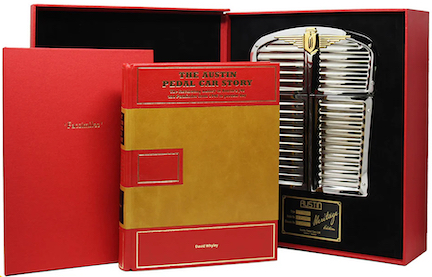 Also available in a Collector’s edition of 100 slipcased copies, $195; and a Heritage Edition (right) of only 10 books along with various reprints of original documents, marbled edges, clamshell box, signed by author and various others, $3,347.
Also available in a Collector’s edition of 100 slipcased copies, $195; and a Heritage Edition (right) of only 10 books along with various reprints of original documents, marbled edges, clamshell box, signed by author and various others, $3,347.
Copyright 2024 Helen V Hutchings (speedreaders.info)


 RSS Feed - Comments
RSS Feed - Comments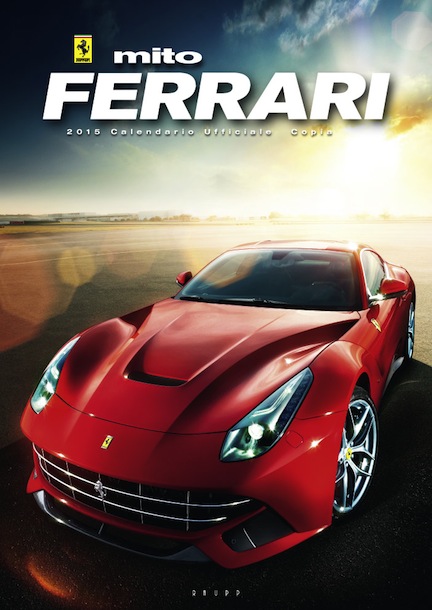
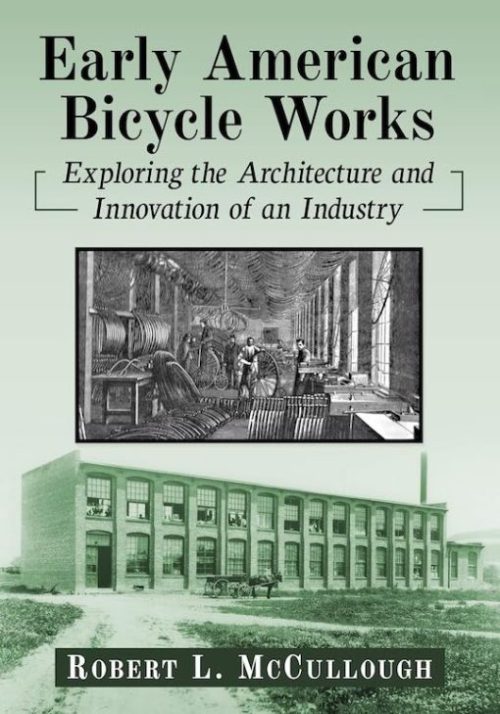
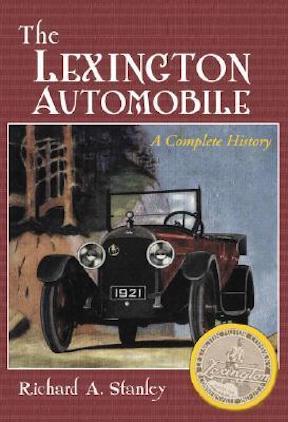
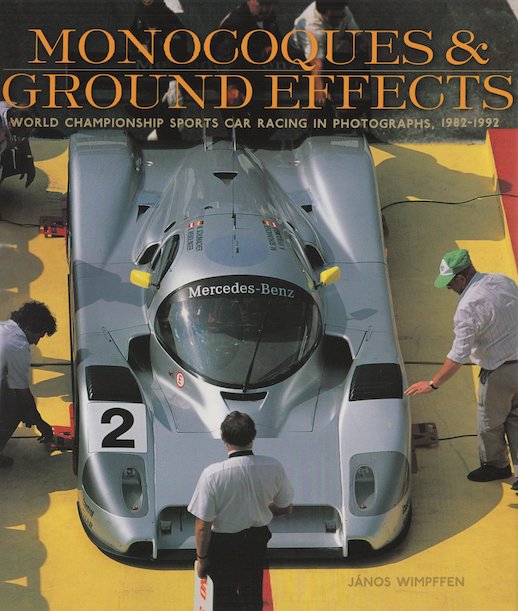
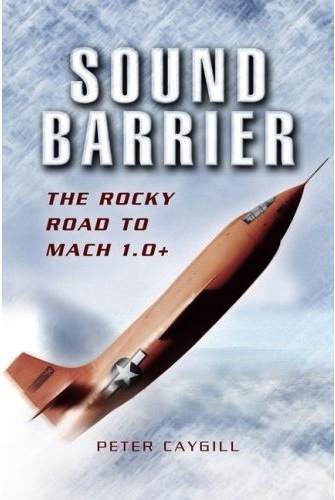

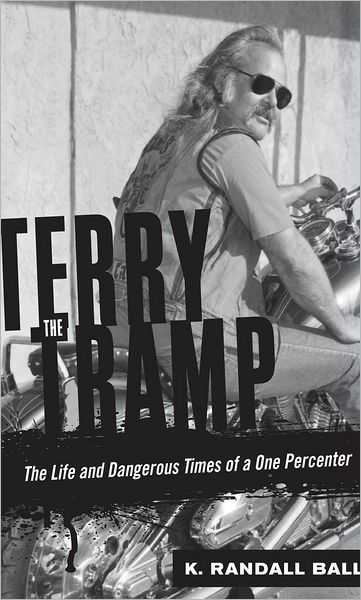
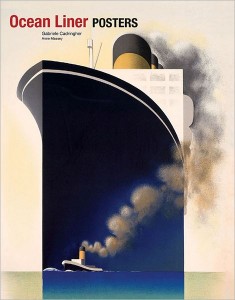
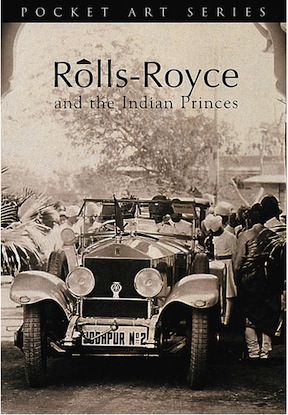
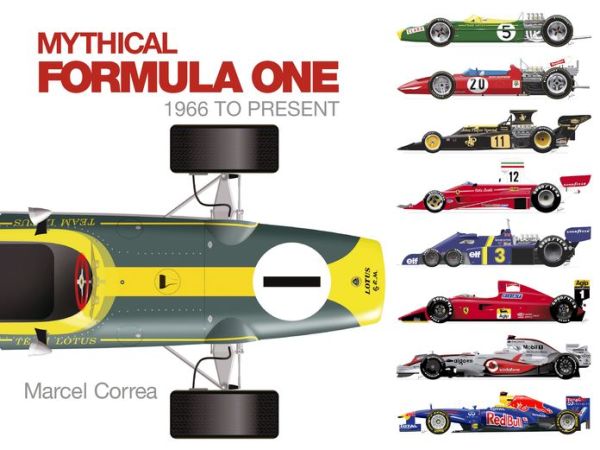
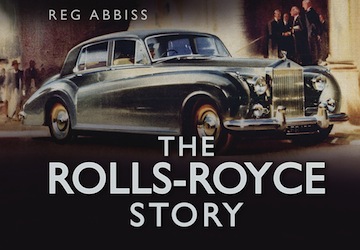
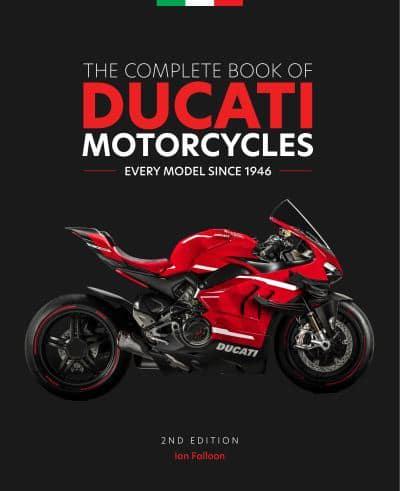
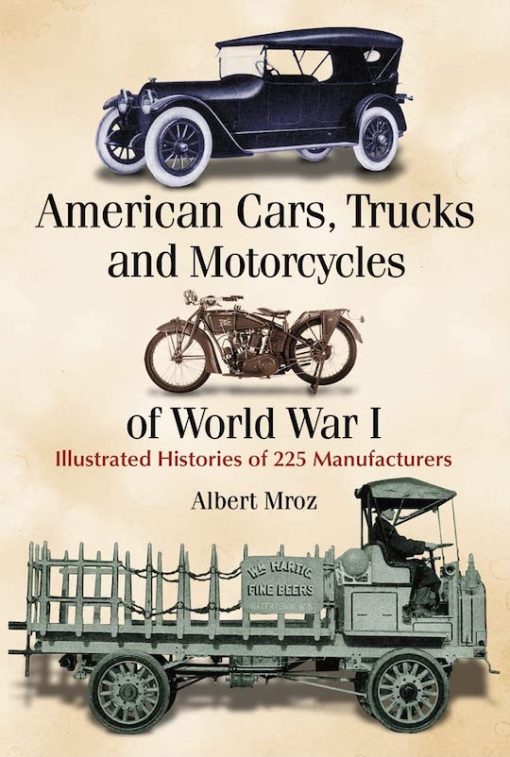
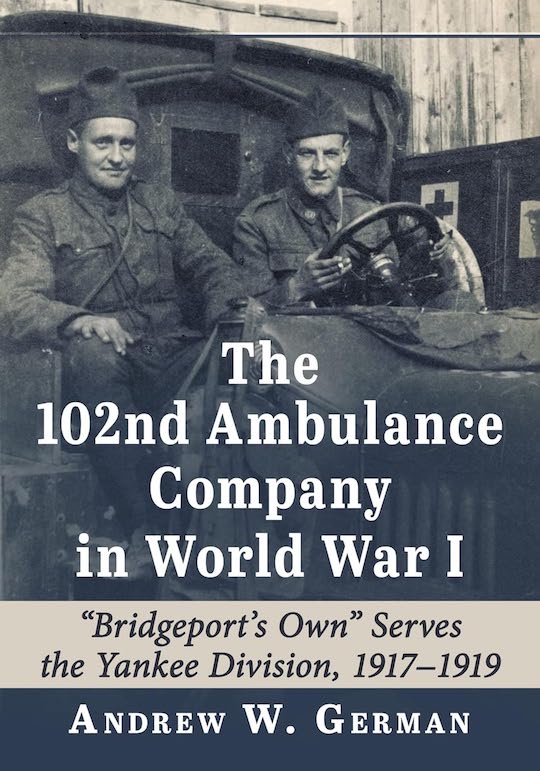
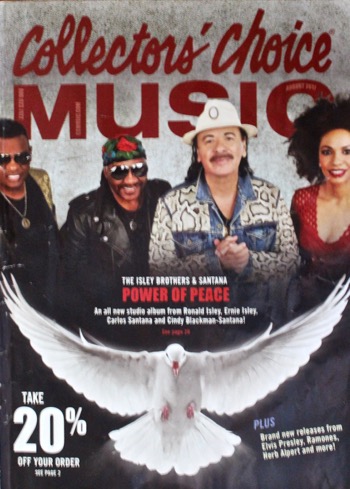
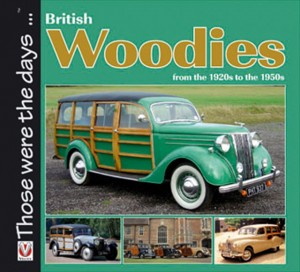
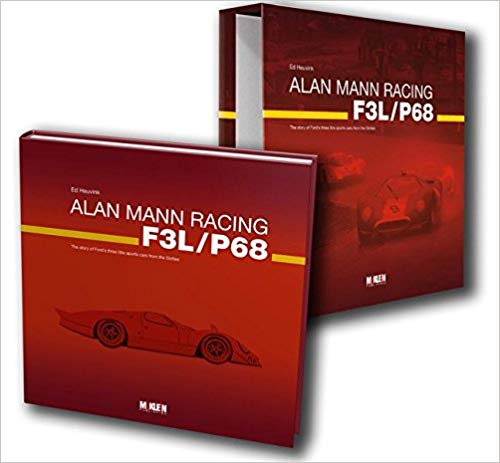
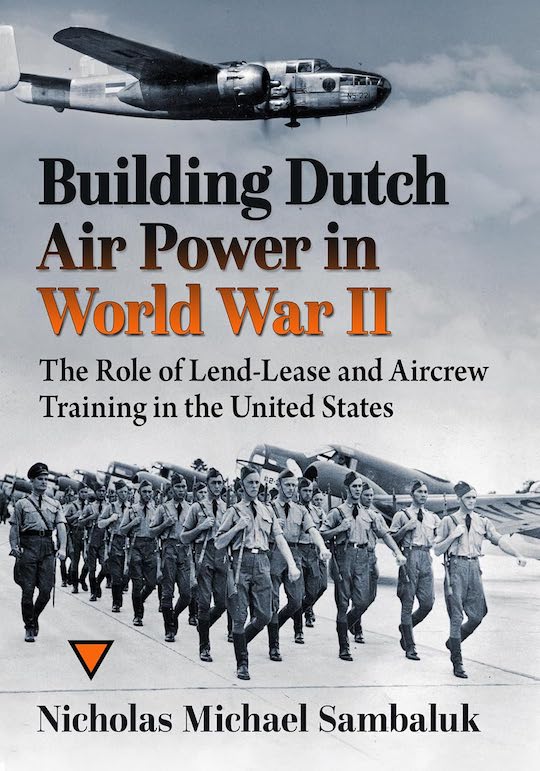
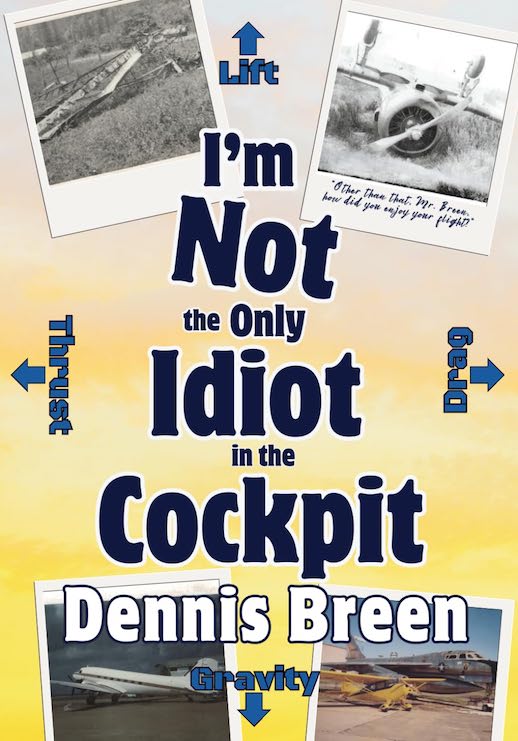
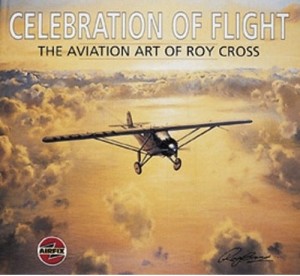
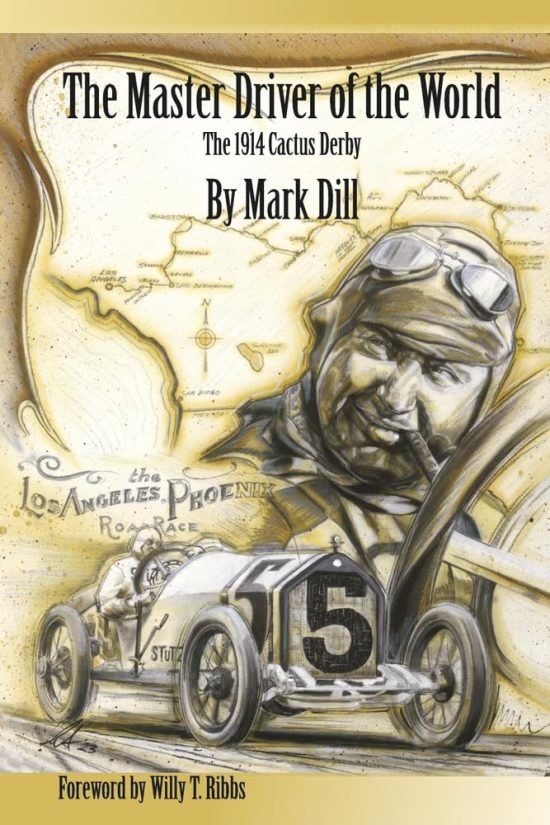
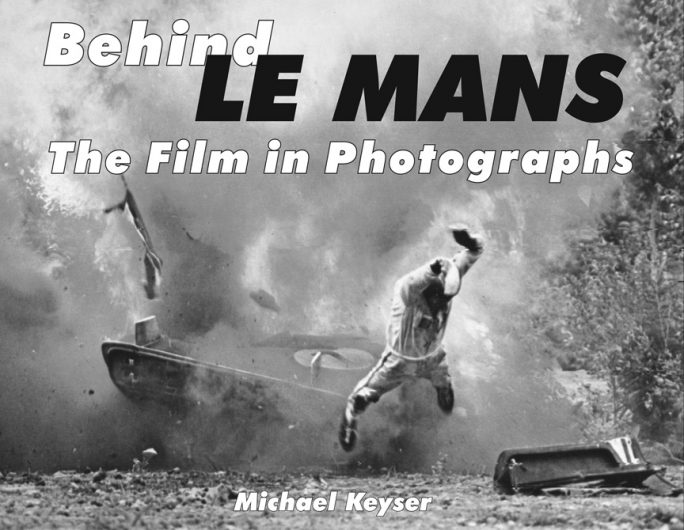
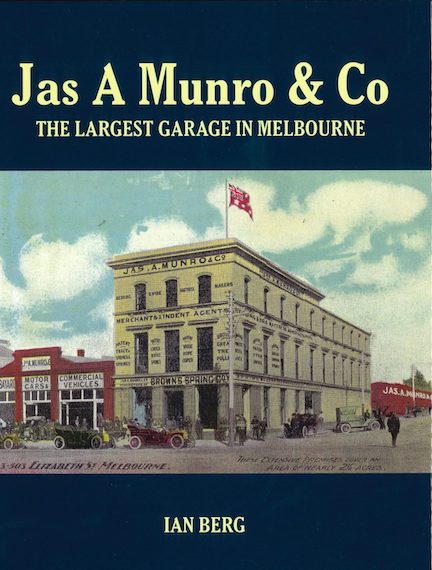
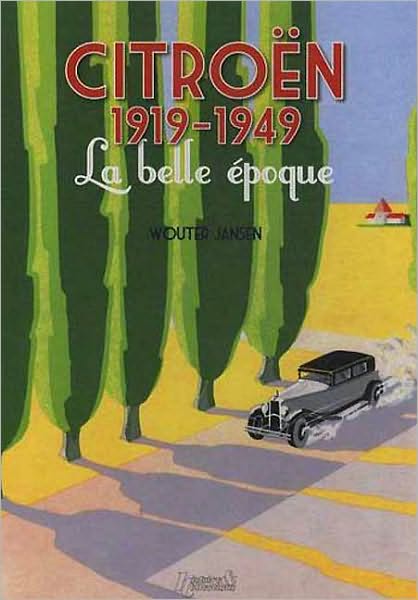
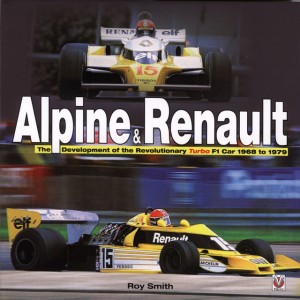
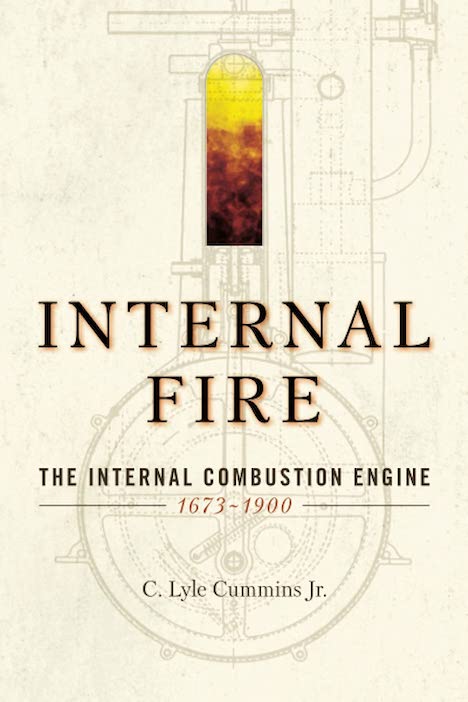


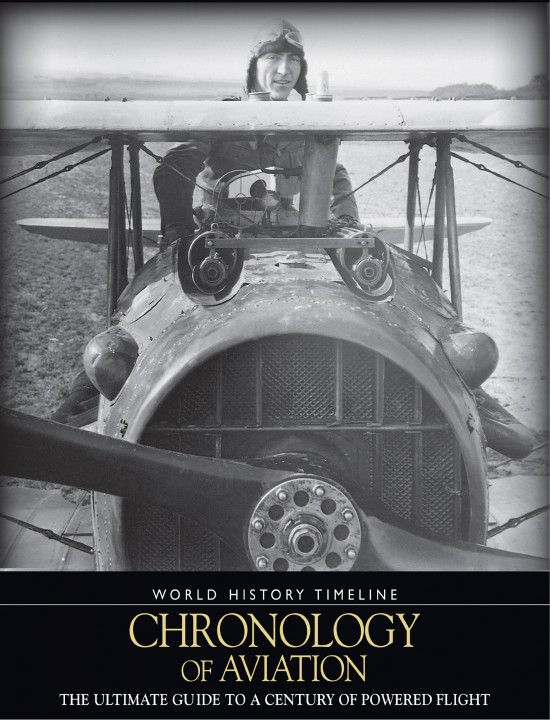
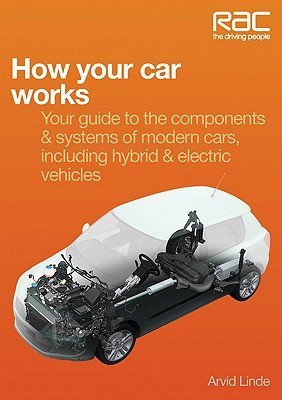
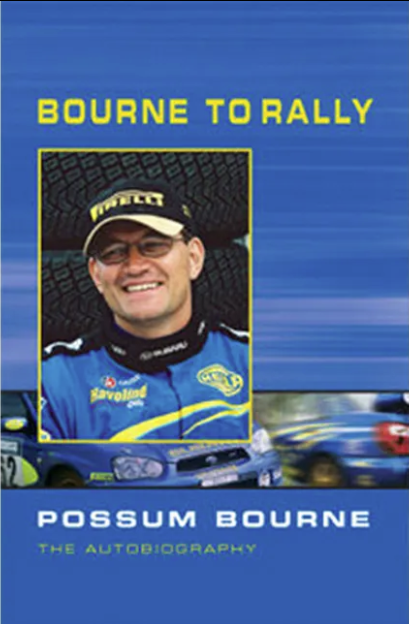


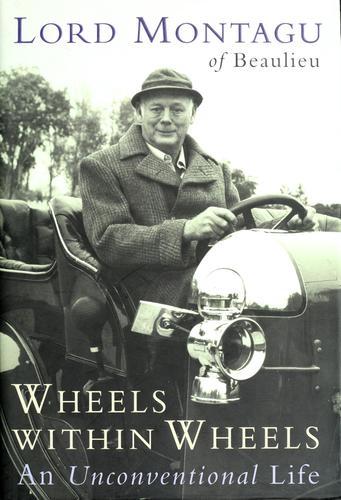
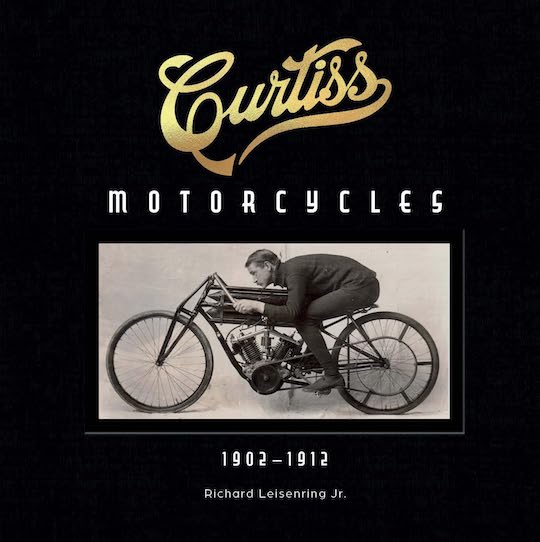
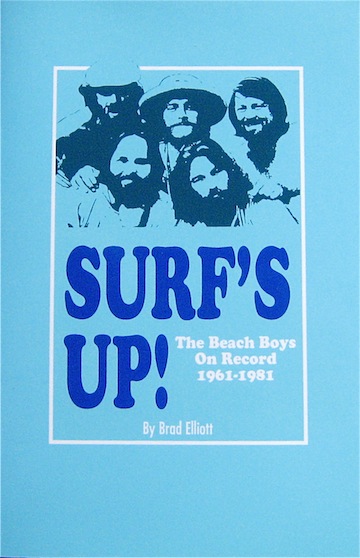

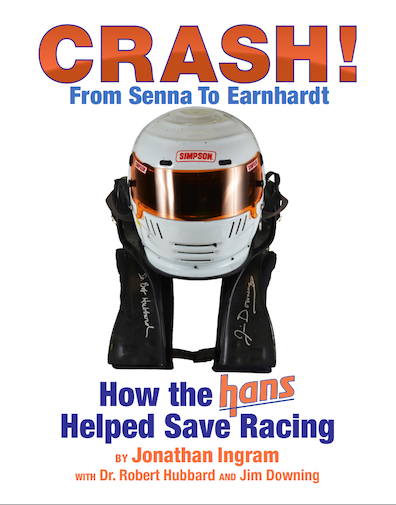
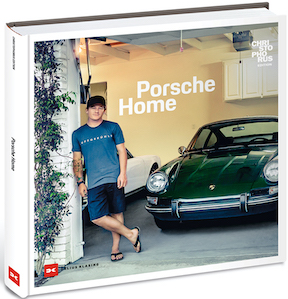
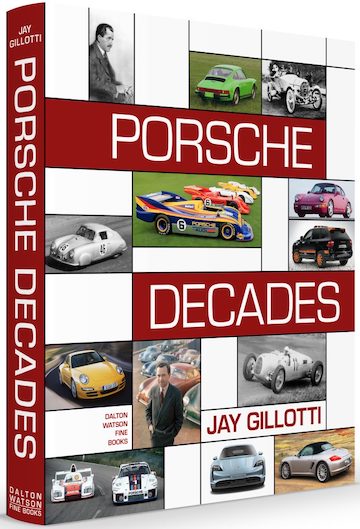
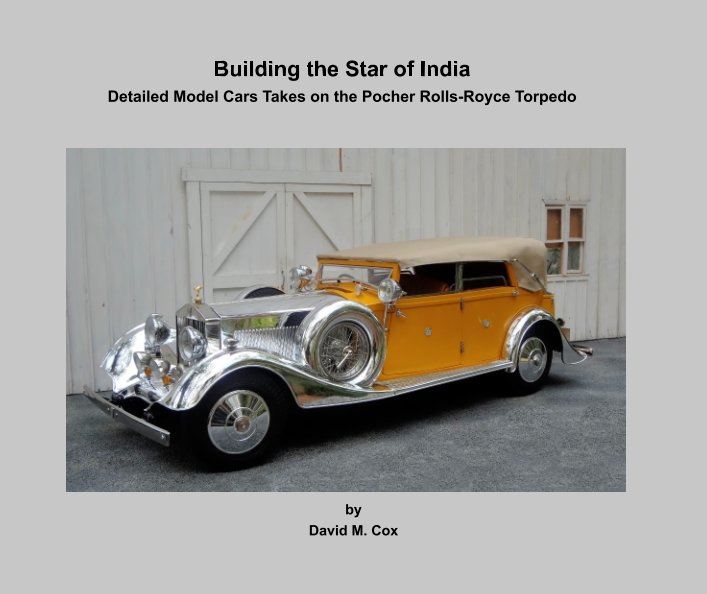
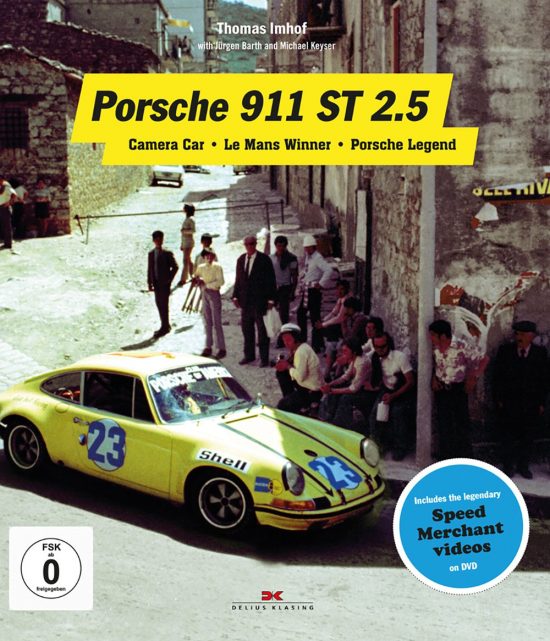
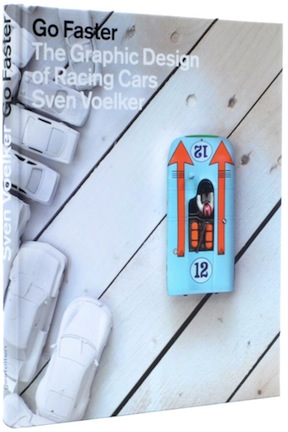

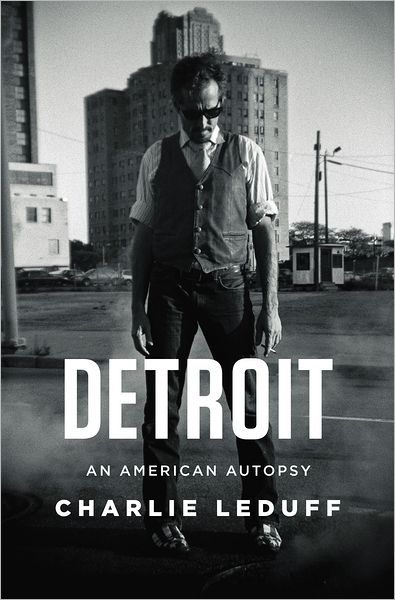
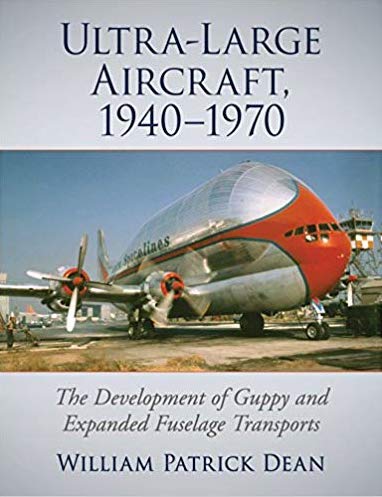
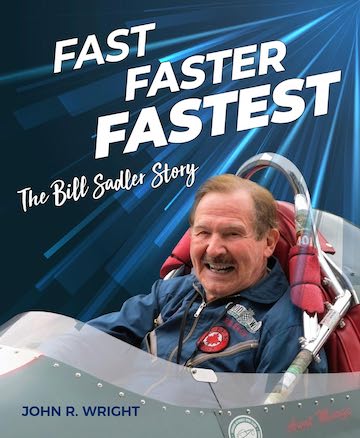
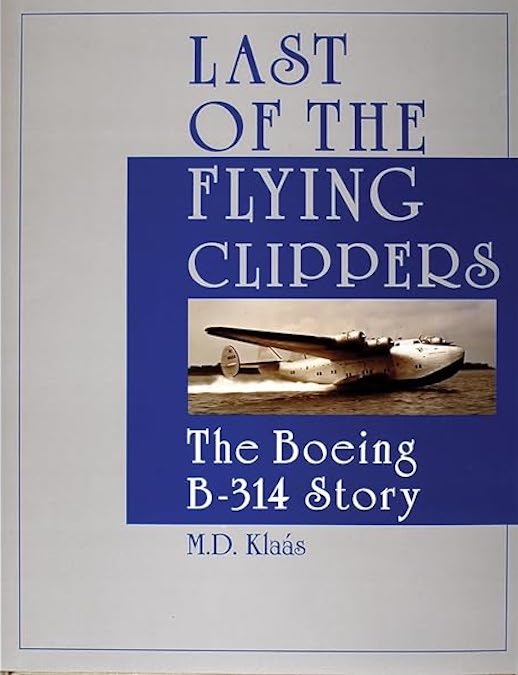

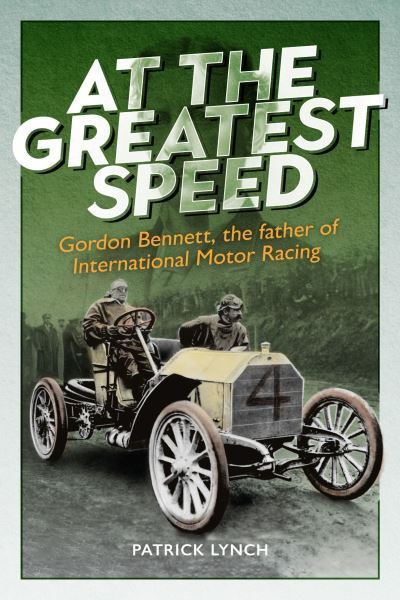
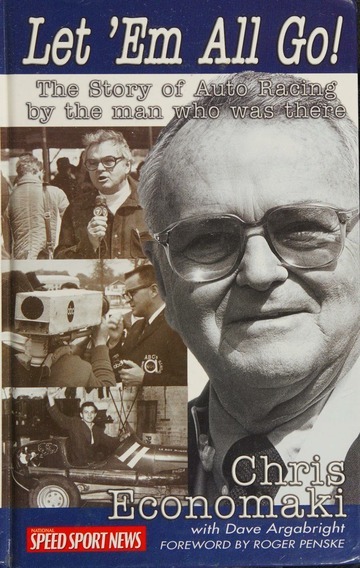
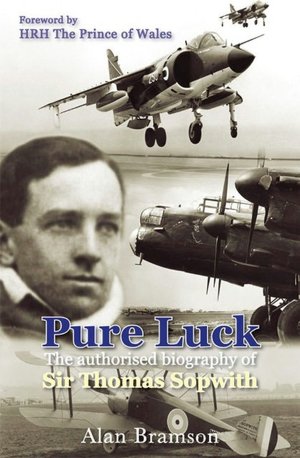
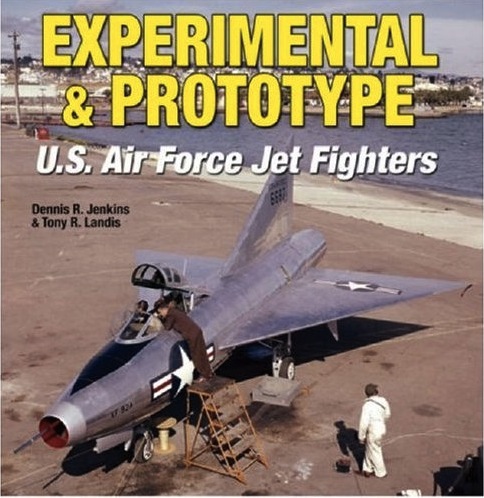

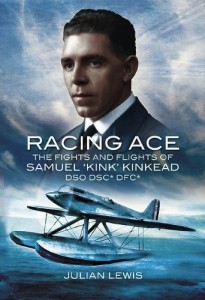
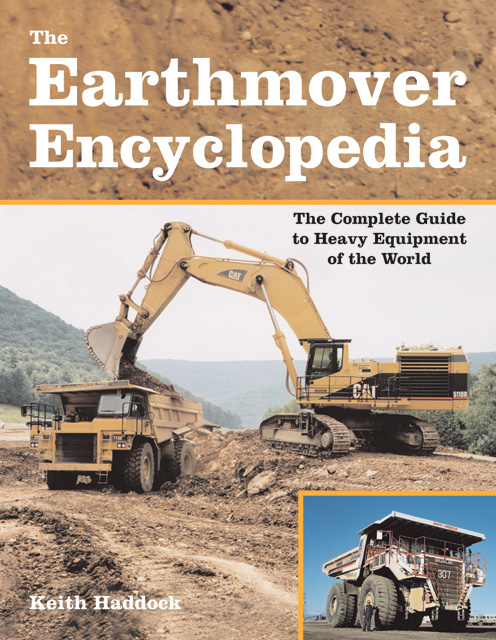
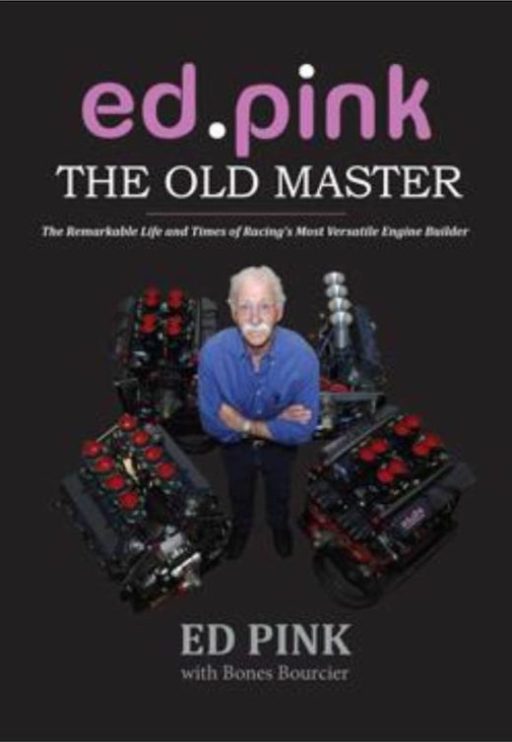
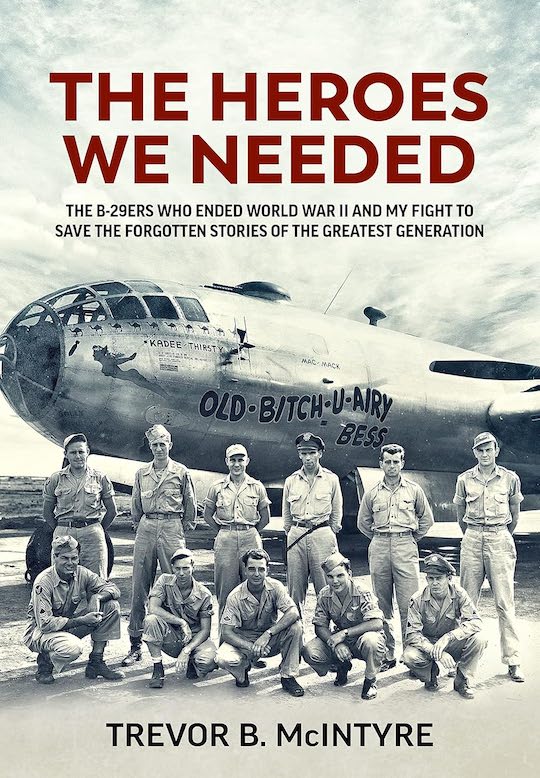
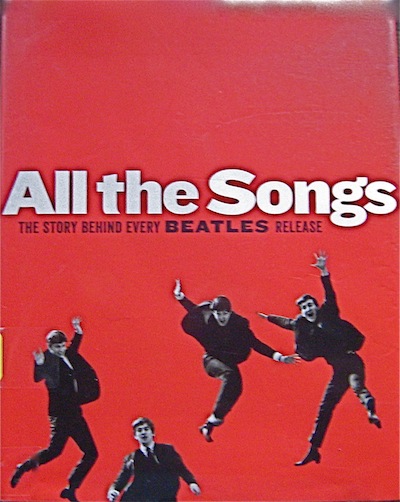
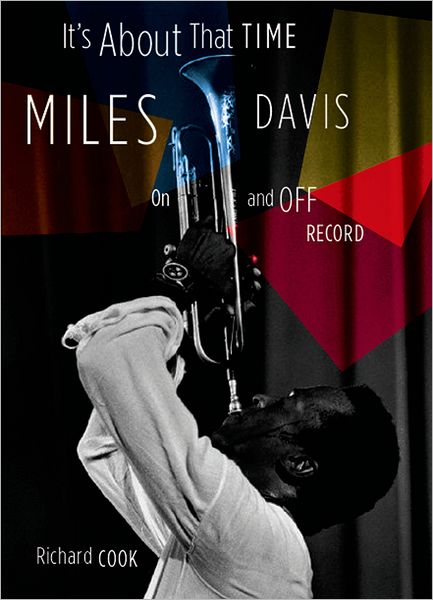

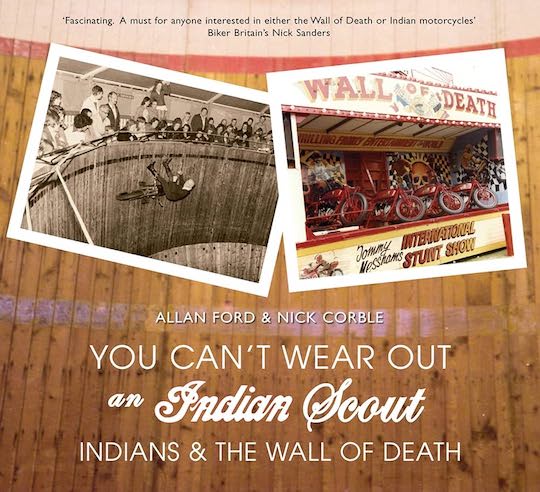
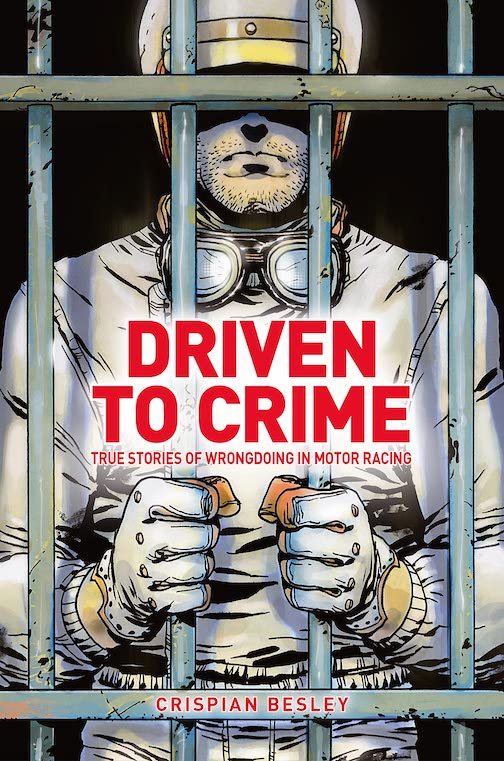


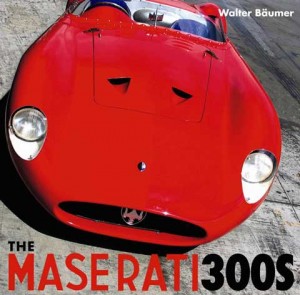
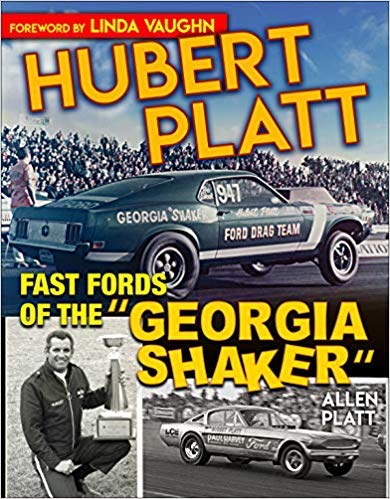
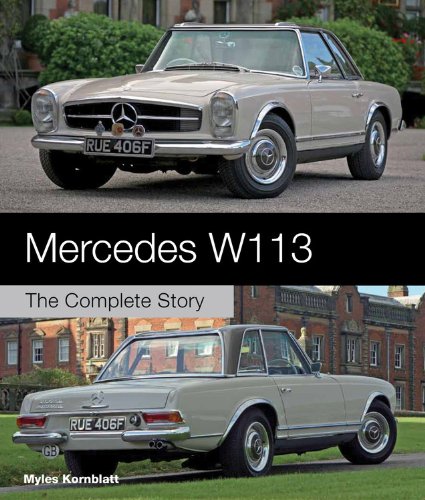

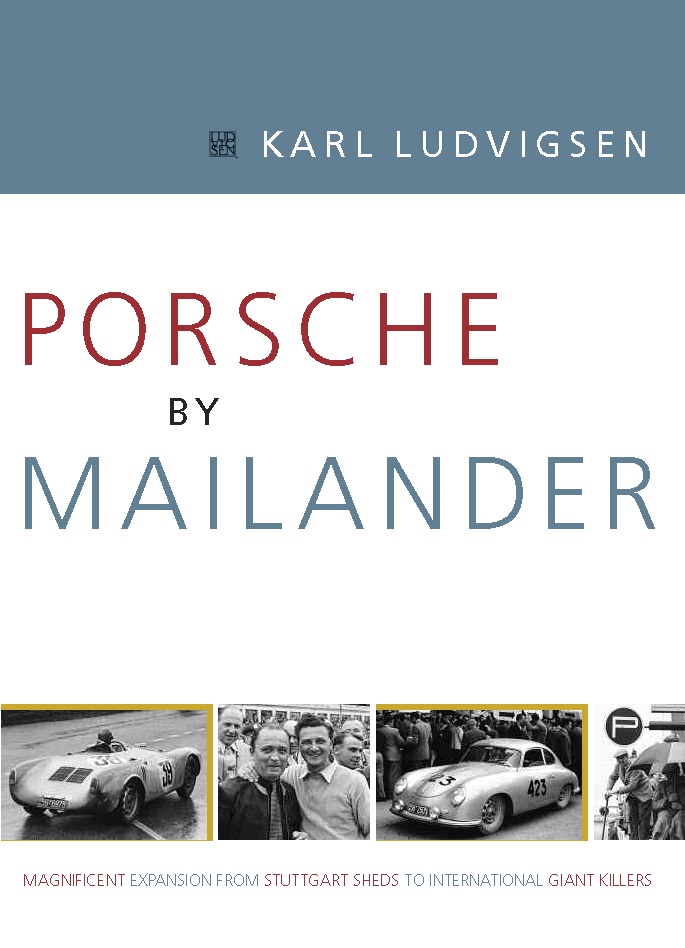

 Phone / Mail / Email
Phone / Mail / Email RSS Feed
RSS Feed Facebook
Facebook Twitter
Twitter